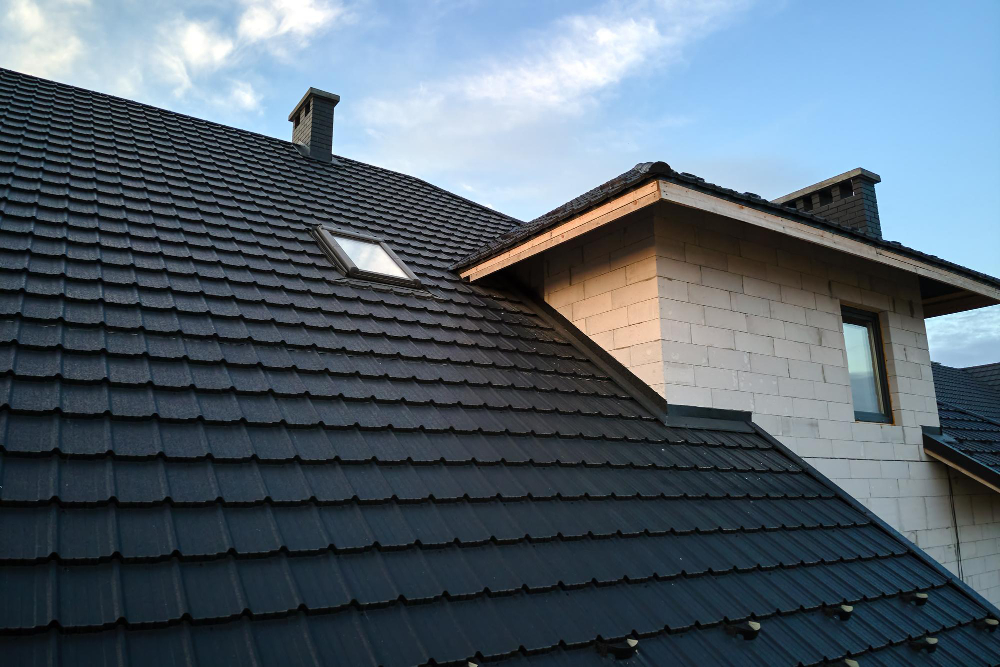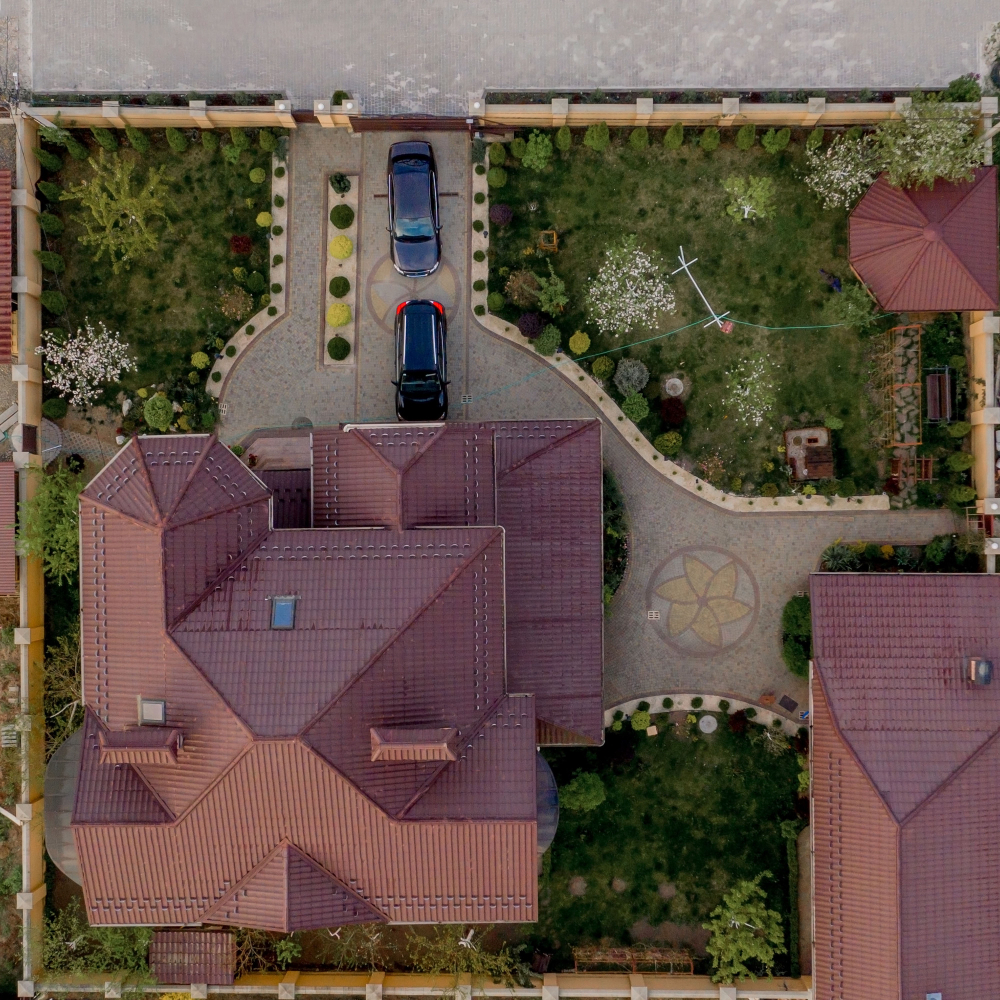Last updated on
Are you looking to improve the safety, security, and overall appeal of your home? Quality roof design is a key step in making sure that your property remains protected from the elements and looks great at the same time.
In this article, we’ll cover all aspects of designing a secure and attractive slate roof by covering six essential steps for getting it just right.
Whether you plan on installing a new slate roof or are simply reviewing options for existing roofs, these tips will point you in the right direction to make sure that your house is both safe and aesthetically pleasing for years to come.
What's Inside
Consider Professional Installation

First and foremost, consider seeking the services of a professional roofer for the installation process. It might seem tempting to handle it as a DIY project, but remember that the quality of workmanship greatly impacts the overall durability, functionality, and aesthetics of your roof.
The specialists at bisonroofing.net say that professional roofers have the knowledge, skills, and equipment to ensure that each slate tile is installed correctly and securely. This professional expertise reduces the risk of leaks or damages in the future, saving you from costly repairs.
Furthermore, their experience can lend a polished look to your roof, enhancing your home’s curb appeal. Investing in a professional installation service is a strategic move to ensure quality workmanship and the longevity of your roof.
Understand the Different Types of Roofing Materials

Choosing the right material is another crucial aspect of ensuring a secure and attractive roof. The commonly used roofing materials include slate, metal, asphalt shingles, and clay tiles, each with its own set of advantages.
- Slate: Not only does slate exude a classic and timeless appeal, but it is also one of the most durable roofing materials available. It can last up to a century with proper maintenance, making it a cost-effective choice in the long run.
- Metal: Metal roofs are known for their resilience and longevity. They are highly resistant to fire and adverse weather conditions, contributing to the overall safety of your home.
- Asphalt Shingles: Easy to install and available in a wide range of colors and styles, asphalt shingles offer versatility and affordability. While they may require more frequent replacement, their initial cost is relatively lower.
- Clay Tiles: Clay tiles are prized for their distinct aesthetic and excellent heat resistance. Though they require a hefty upfront investment, their lifespan and energy efficiency make them a viable option.
Consider Roof Design When Choosing Your Home’s Style

When plotting the exterior design of your home, the style, color, and material of your roof should indeed be a central consideration. Your roof can greatly impact the overall aesthetic of your home and should harmonize with the exterior style you aim for.
For instance, if you’re leaning towards a traditional, rustic style, a slate roof might be the perfect fit to exude a sense of timeless elegance. On the other hand, metal roofs can lend a sleek, modern vibe to your home, aligning well with contemporary and industrial architectural styles.
Asphalt shingles, available in various colors and styles, offer great versatility and can be adapted to match various home styles, from classic Suburban to modern Farmhouse.
Lastly, clay tiles, with their distinct, earthy aesthetic, are well-suited to Mediterranean, Spanish, or Southwestern-style homes. Remember, your roof isn’t just a protective covering – it’s a design statement that can significantly enhance your home’s curb appeal.
Research Local Building Regulations

Before embarking on your roofing project, it’s essential to familiarize yourself with any local building regulations and obtain necessary permits. These rules vary greatly by location and can influence the type, color, and even the angle of your roof.
For example, some areas have regulations in place to maintain a uniform aesthetic within the community, while others might impose restrictions due to weather-related factors. Ignoring these regulations can lead to penalties, forced modifications, or in extreme cases, demolition of the non-compliant structure.
Contact your local building department or homeowners’ association for detailed guidelines about your region’s roofing regulations. It’s also advisable to consult with your roofing contractor, as they often have extensive experience navigating these rules.
This step ensures that your roof not only enhances your home’s appeal but also complies with local building codes, contributing to a smooth and hassle-free installation process.
The Takeaway
Designing a secure and attractive roof requires careful consideration of factors like professional installation, roofing materials, home style, and local regulations. Investing in these steps will not only improve the safety and aesthetics of your home but also save you from future headaches and expenses.
Whether you opt for the classic beauty of slate or the modern charm of metal, with proper planning and execution, your roof can be the crowning glory of your home.




